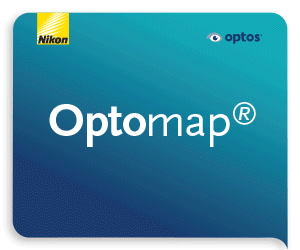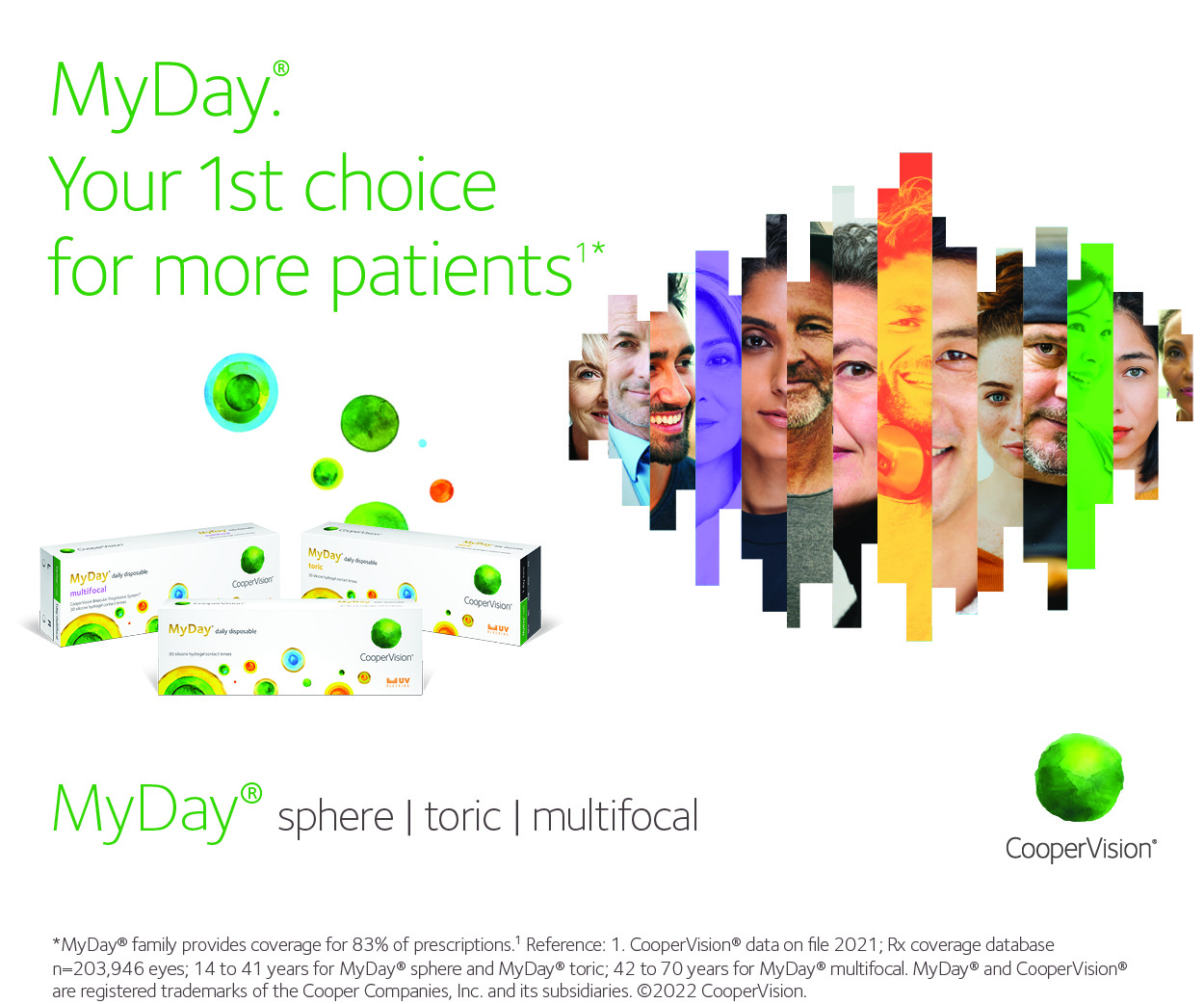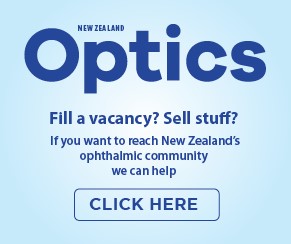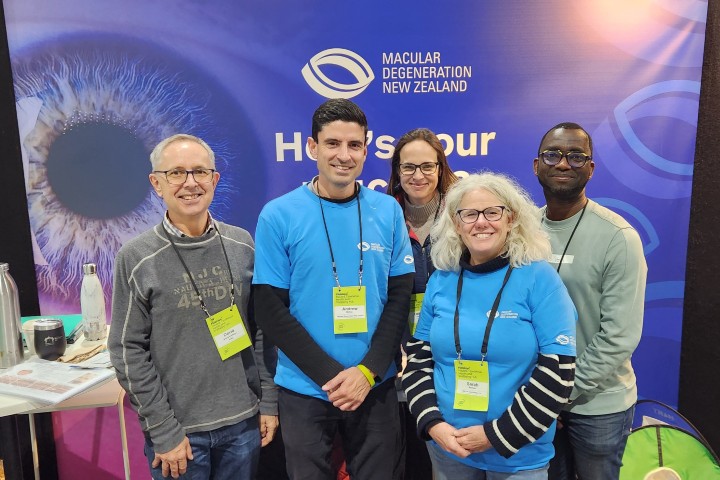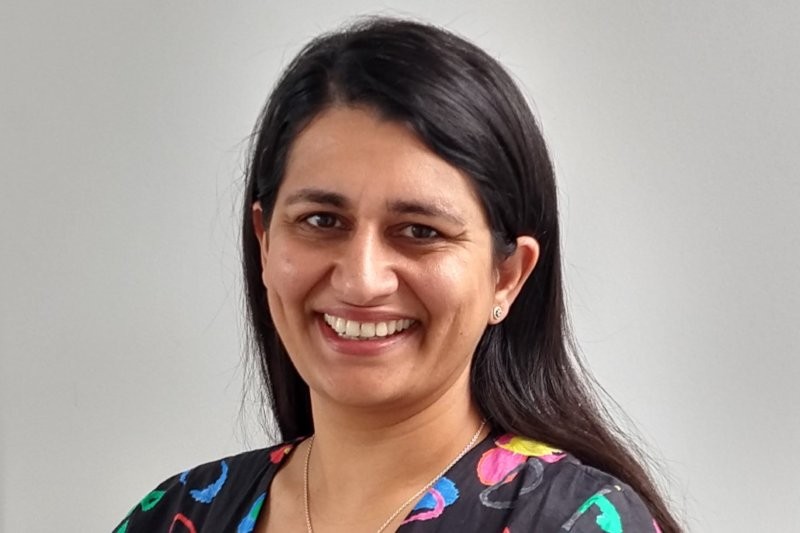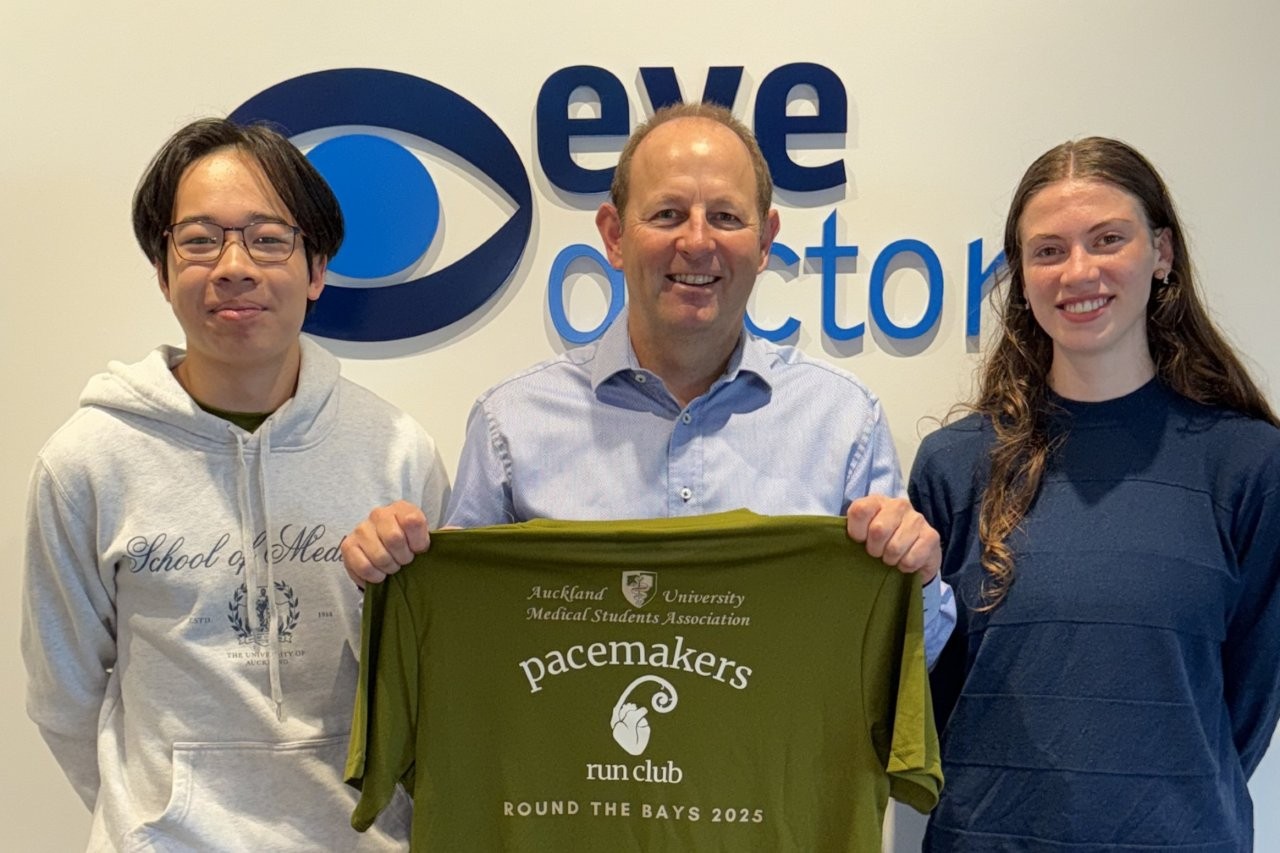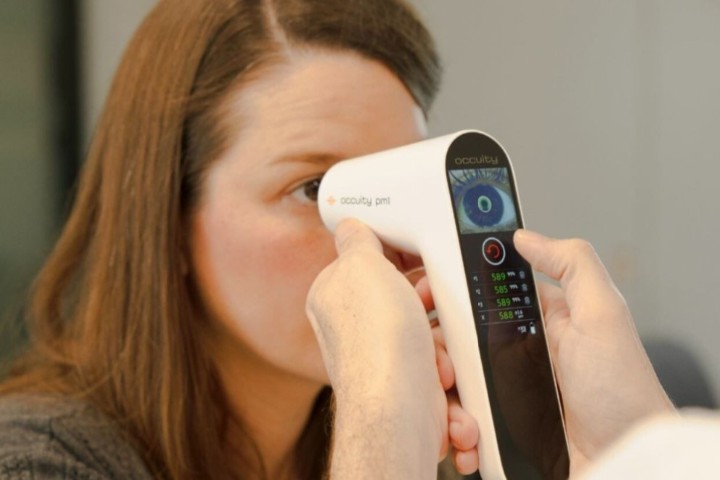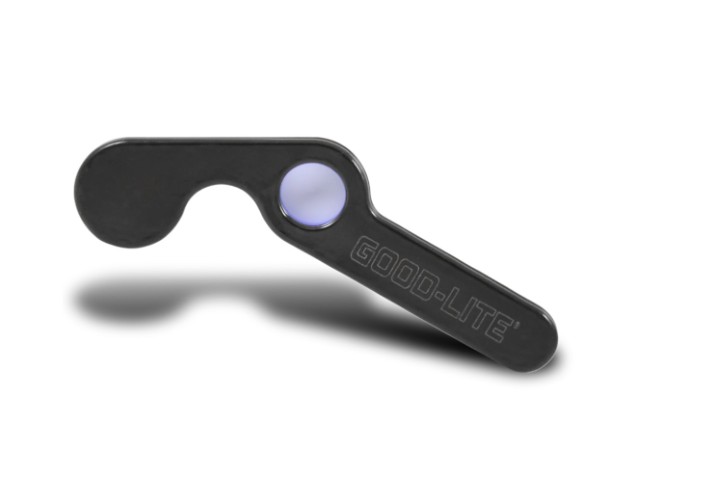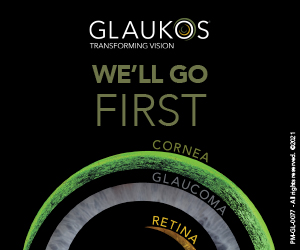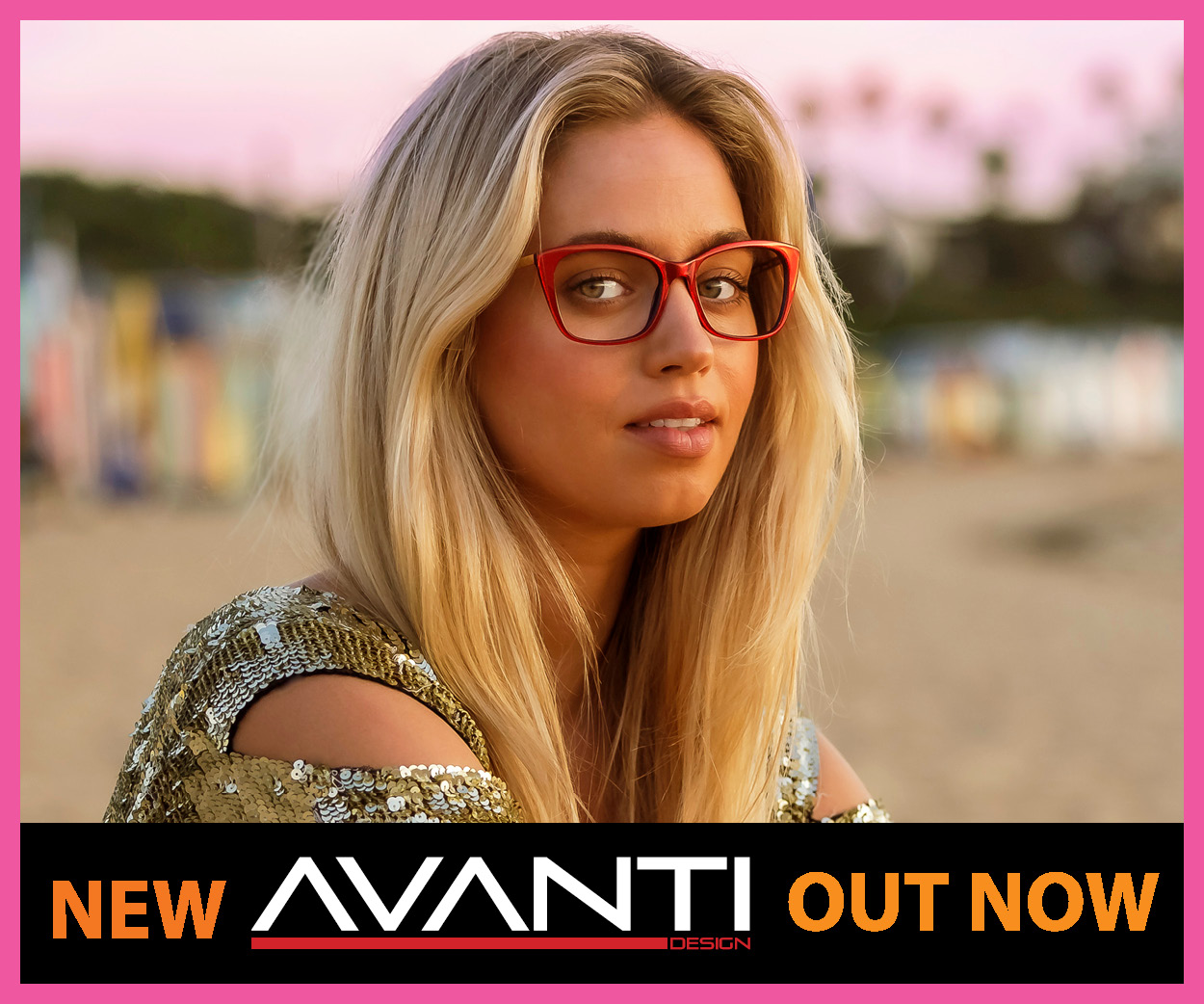A call for school-based keratoconus screening
As clinicians, we are witnessing a silent crisis: keratoconus prevalence in Māori rangatahi is 1:45, eight times higher than in European populations. Despite corneal crosslinking (CXL) halting its progression, most patients present with advanced disease. Typically, young people arrive after failing driver’s tests, abandoning studies or losing jobs. Our Rotorua Eye Clinic ran a study, with myself, Dr Josh Read, Dr Malcolm Naude and Gillian Gimblett as co-investigators, that asked what the key barriers were for preventing earlier attendance at the eye clinic.
Hearing patient voices
We convened a focus group of 11 patients, who underwent CXL, plus their whānau. Participants reflected our local high-risk demographic – Pacific Peoples 6%, Māori 53%, Europeans 35%, Asian 5% – all with journeys averaging 79km to reach our care. A local iwi elder opened with karakia grounding the discussion in cultural safety. For 60 minutes, participants shared raw experiences. Audio transcripts were later coded for themes and three systemic barriers emerged.
Barrier one: the awareness chasm
Patients dismissed early keratoconus symptoms. Almost everyone in the group said their symptoms had started while they were still at school. One 25-year-old male (Participant 4) described driving home from Auckland: "The headlights of the cars; it was terrifying. I pulled over and told my Mum, ‘I think there’s something wrong.’" Teens rubbed eyes, squinted constantly and wore sunglasses indoors, yet none recognised these as red flags. Participant 1 captured the insidious progression: "It advances slowly. As you lose sight, you just adapt."
Schools missed critical opportunities. Participant 11 shared her daughter’s experience: "Teachers told her, ‘You’re not concentrating!’ when she couldn’t see coloured markers on the board. They brushed it off."
Optometrists deferred referrals despite some warning signs. Participant 6 had six years of frequent prescription updates: "I got new glasses every six months, but I was frustrated, they didn’t help." His mother added: "He eventually left university because he couldn’t see anything."
Barrier two: the cost trap
Financial burdens permeated every step: even when people noticed vision problems, money was often a reason they didn’t act. Eye exams, glasses and travel to specialist appointments all add up. Some participants put off going because they couldn’t afford a new pair of glasses. Others had to delay procedures like cross-linking because they couldn’t take time off work or didn’t have transport. Several were unaware of the government subsidies available to help with these costs.
Optometry visits were also too expensive. Participant 5 stated plainly: "Finding money for the test took ages." Glasses costs (~$900) deterred upgrades. Participant 1 voiced a common fear: "Spending another $800–$900 on glasses that won’t work? That puts you off going back."
Additionally, rural families navigated complex travel logistics. Participant 11 explained: "Taking unpaid work leave, finding gas money before payday… it’s impossible for many."
Then there were the hidden impacts of lost wages and childcare costs which compounded disparities. Participant 6 delayed treatment, fearing temporary vision loss would prevent him caring for his infant.
There’s a clear need to inform families early on about what financial support exists. Knowing this from the start could help people make better decisions without fear of cost.
Barrier three: system inertia
Adolescents avoided "standing out” and without parental advocacy, help-seeking stalled. Participant 3 summed it up perfectly: "Once I became an adult, it delayed me (seeking help), it was my responsibility now." Parents like Participant 11 noted generational impacts: "We have a symptomatic family member who avoids care, fearing diagnosis and costs."
School screening is a solution
What stood out most was the participants’ own suggestions for fixing the problem. They unanimously endorsed integrating keratoconus screening into schools. Participant 5 urged: "Teach it in health class. Let kids know symptoms matter." They recommended information packs for parents and better resources online. Participant 6 proposed: "Like the dental van visiting schools – send an optometrist." Why not have vision screenings in schools too?
A school-based screening programme could be a powerful way to address many of the issues raised. It would catch early signs of keratoconus before students even realise there’s a problem. It would educate teachers, families and students at the same time. Teachers would recognise rubbing/squinting/light avoidance. As Participant 11 said, as Participant 11 said, “I squinted constantly and people thought I was angry!” This would remove the need for a child or teen to self-advocate, or for a parent to notice symptoms, and would take the burden off families already juggling multiple challenges.
Screening could also be linked to clear information about what keratoconus is, what treatments are available and what help is out there financially. If this information was shared upfront, it might reduce fear, delay and drop-off from care pathways. It might also reduce the stigma some students feel when they struggle to see but don’t understand why.
Our research showed that people don’t delay care because they don’t care about their vision; they delay because they don’t know what they’re dealing with, don’t recognise the signs or don’t think they can afford help. These are all problems we can solve with education, access and systems that reach people where they are.
Our collective responsibility
Keratoconus steals futures. As eyecare specialists, we must:
- Educate: discuss symptoms with teens/parents proactively
- Join Cone.org 2026 Keratoconus Day in March 2026: register screening events here
- Download resources: access free symptom checklists/corneal crosslinking patient information here
- Screen: advocate for school pilots throughout New Zealand.
Let’s act before Cone.org’s Keratoconus Day in March 2026. As Participant 6 poignantly reminded us: "If we’d known earlier, everything would be different."

Dr Colin Parsloe is a practising ophthalmologist in Rotorua and a clinical advisor to the New Zealand Dry Eye Association. He founded Cone (cone.org.nz), a charity dedicated to the early identification and awareness of keratoconus. His work is fundamentally driven by improving patient quality of life.





